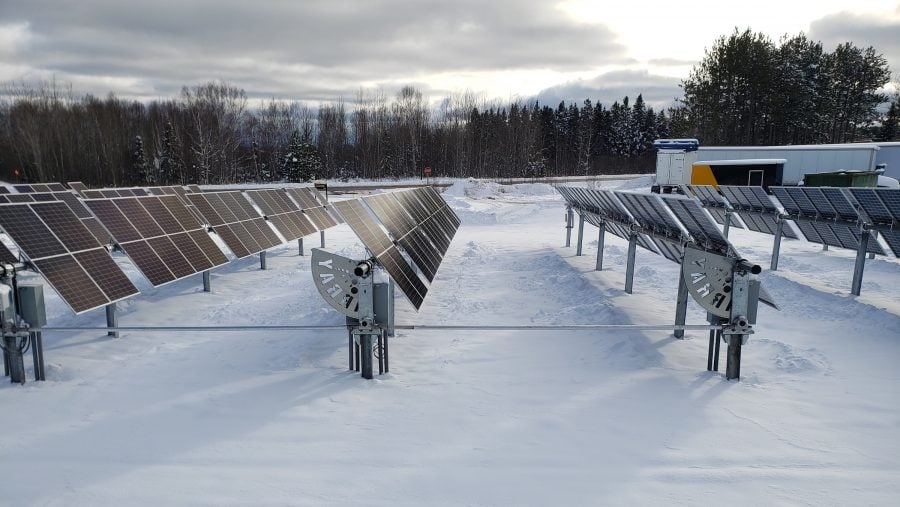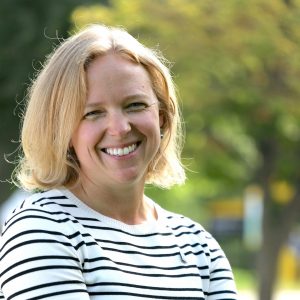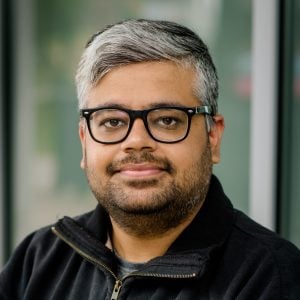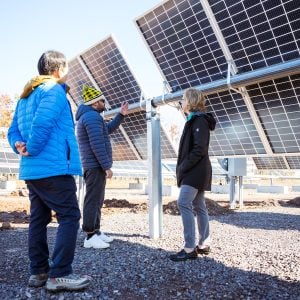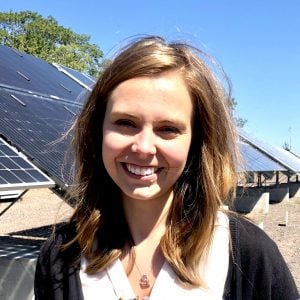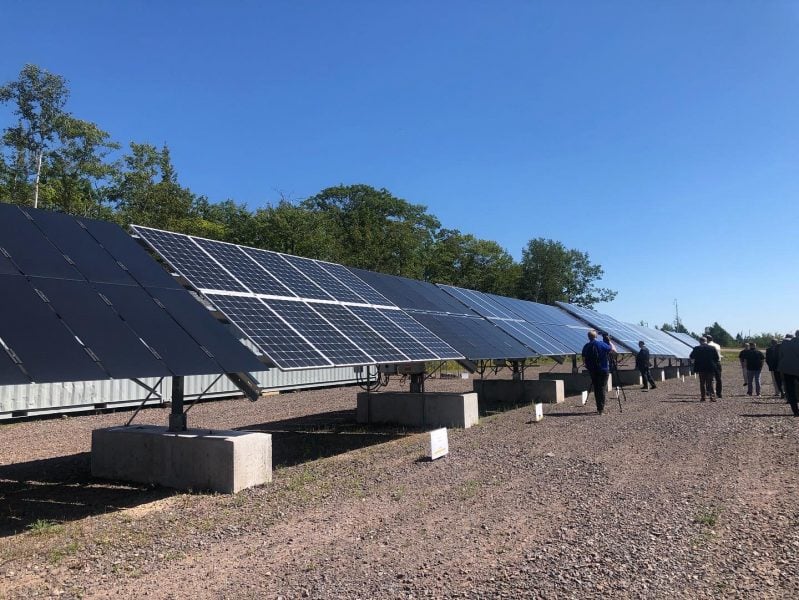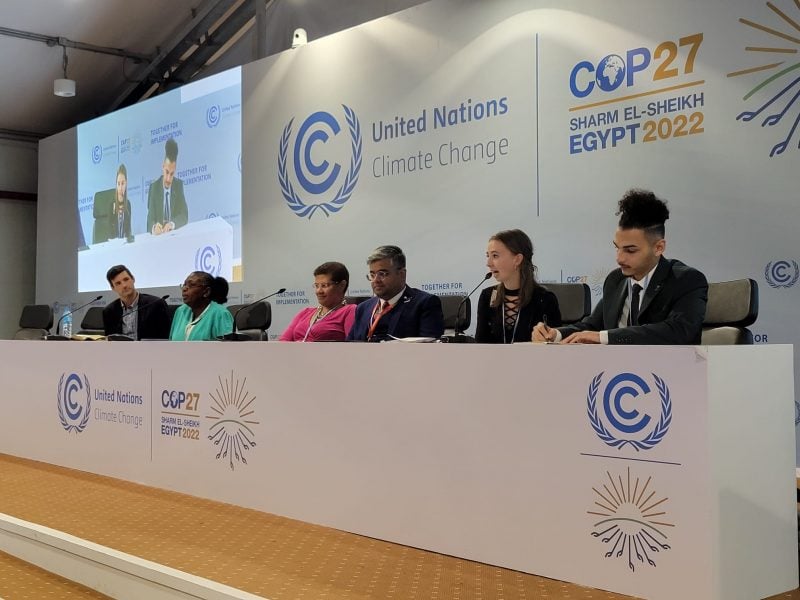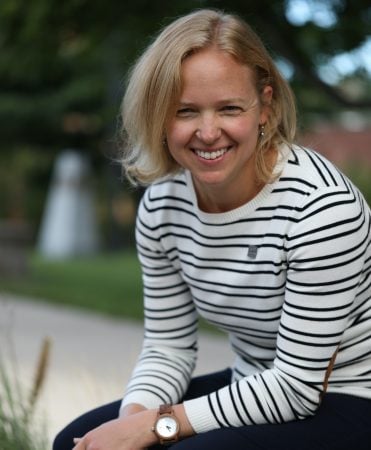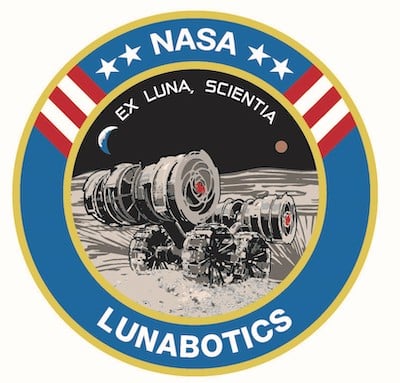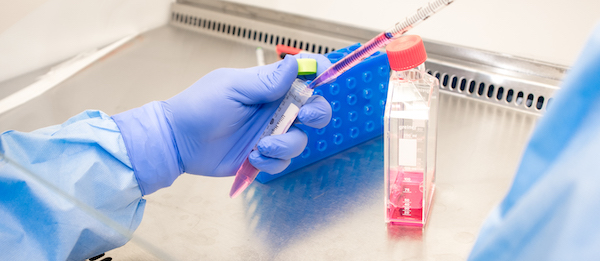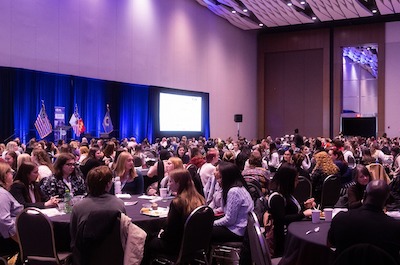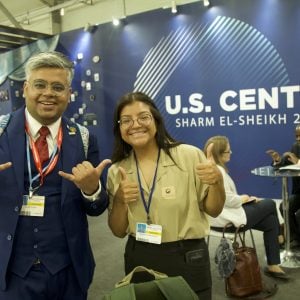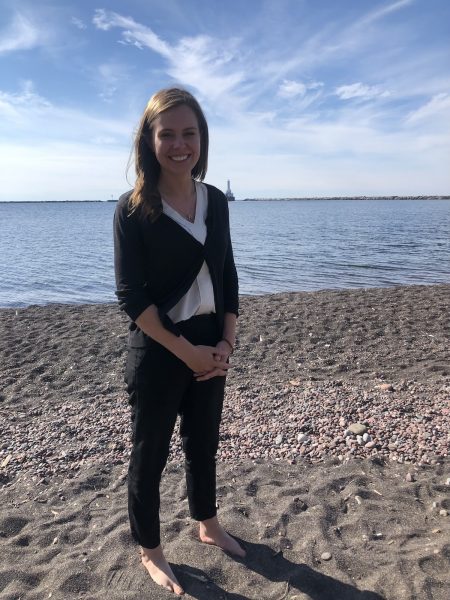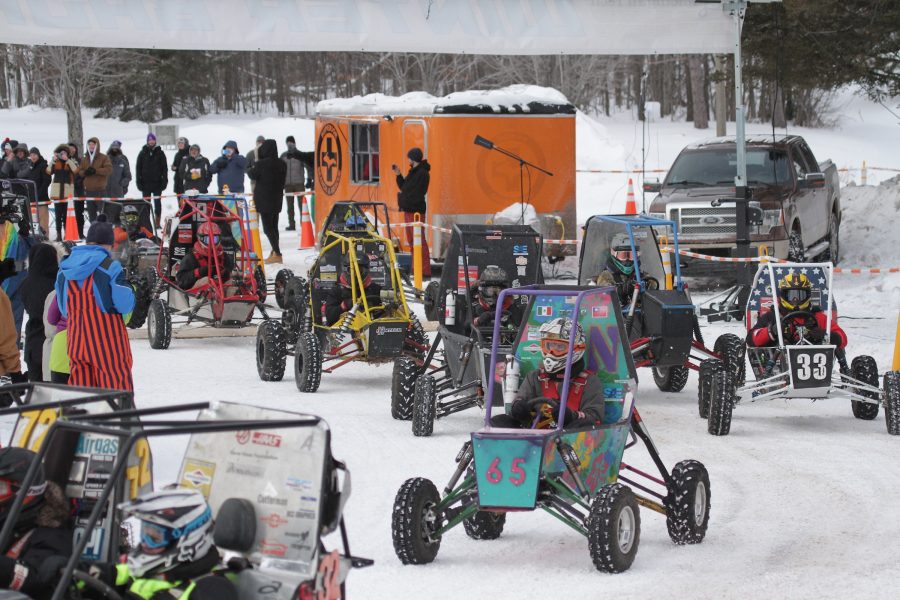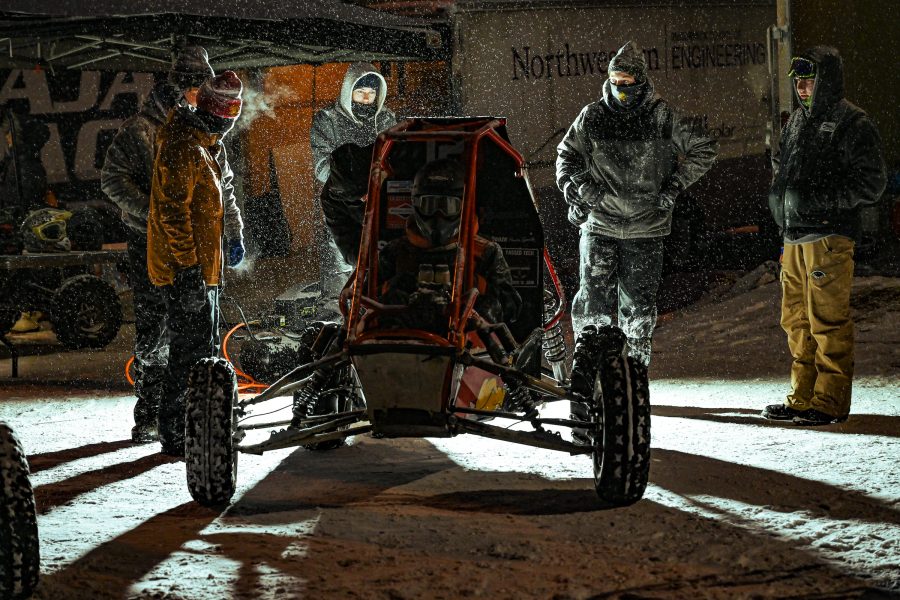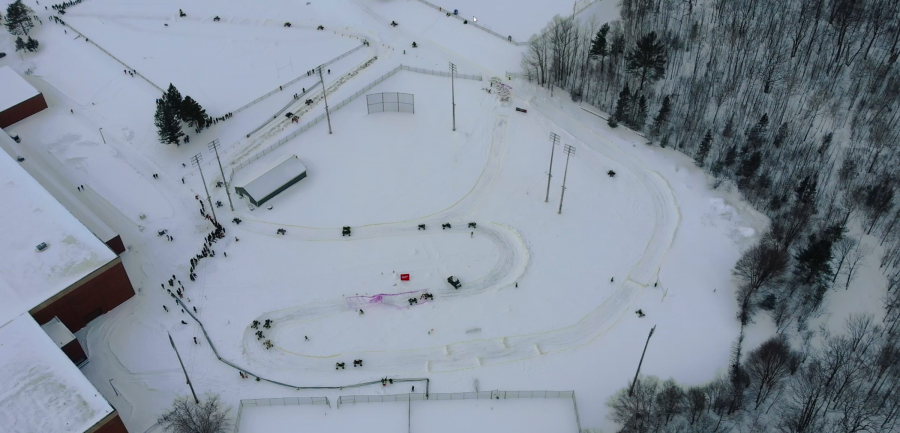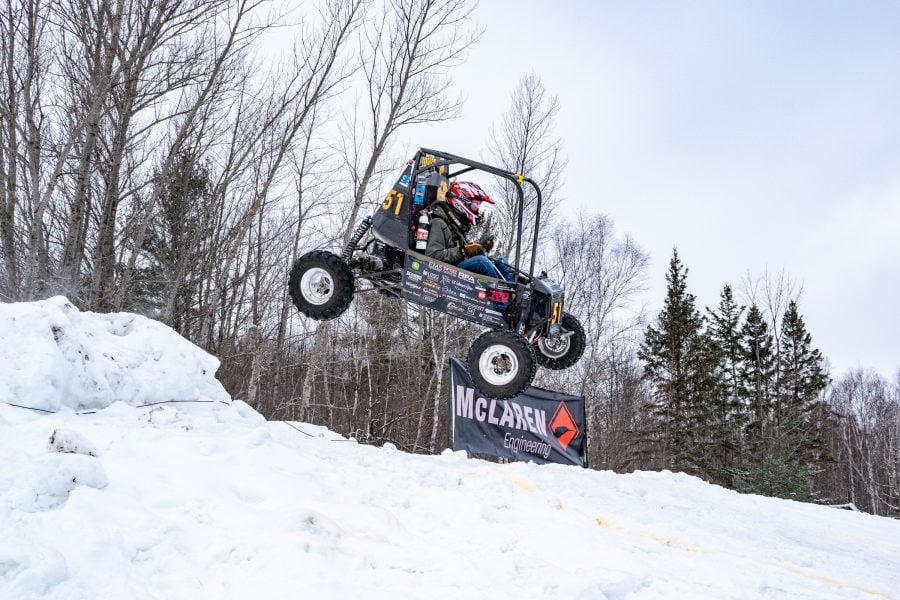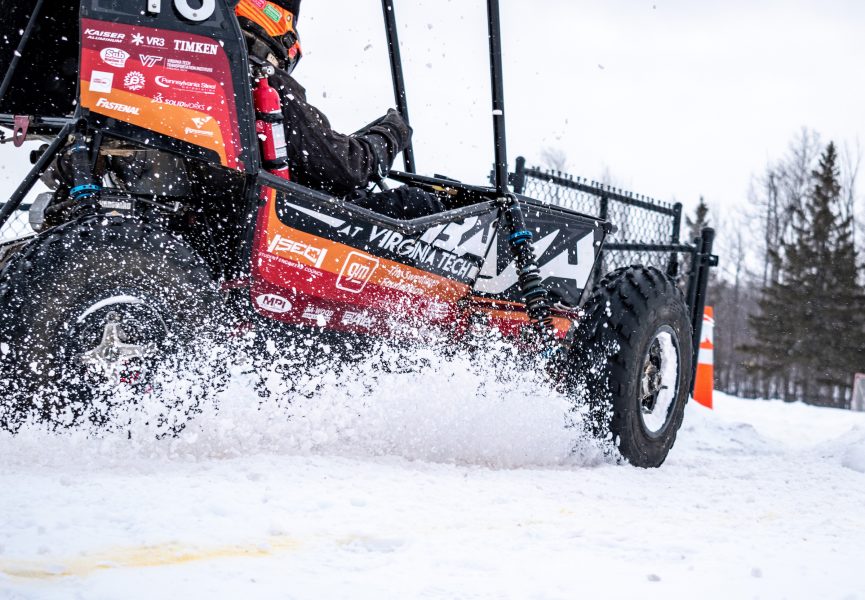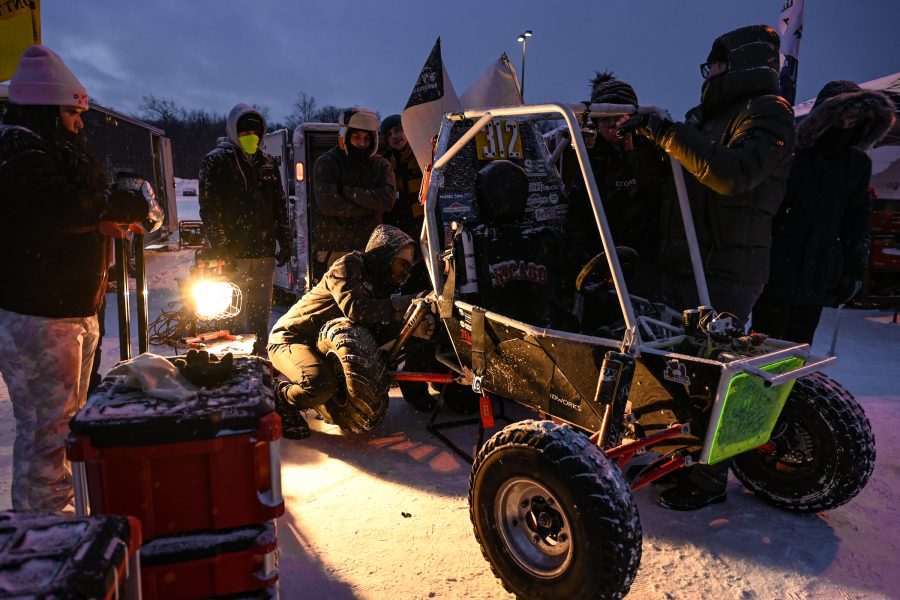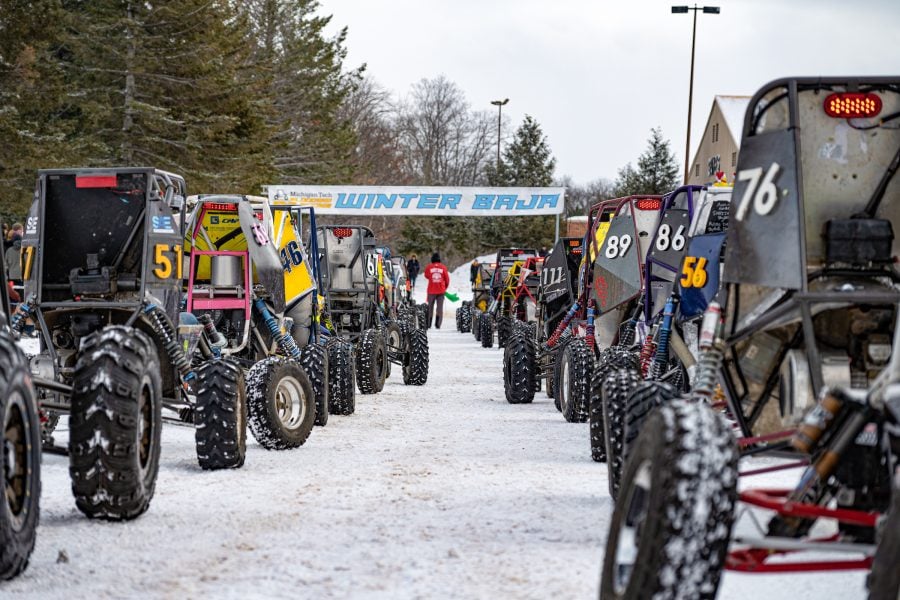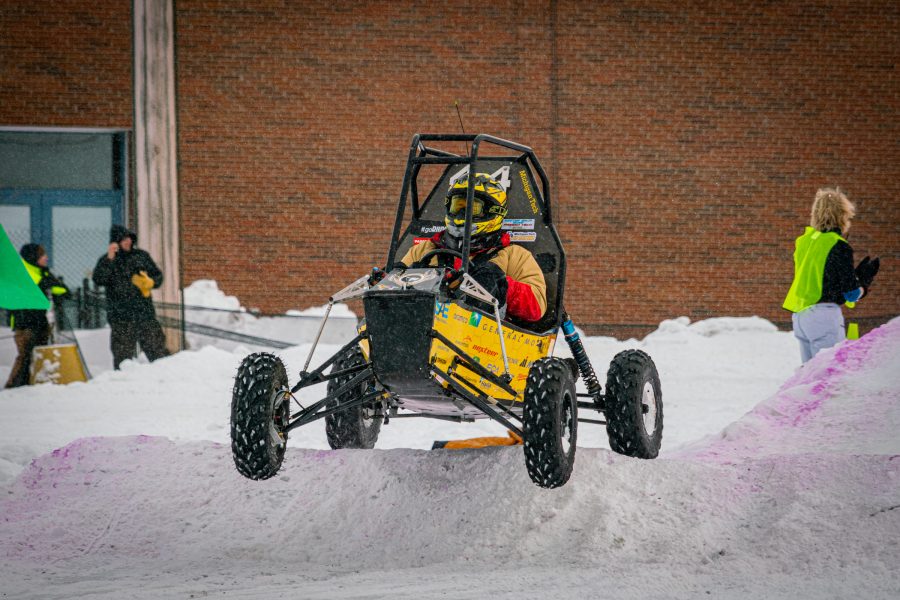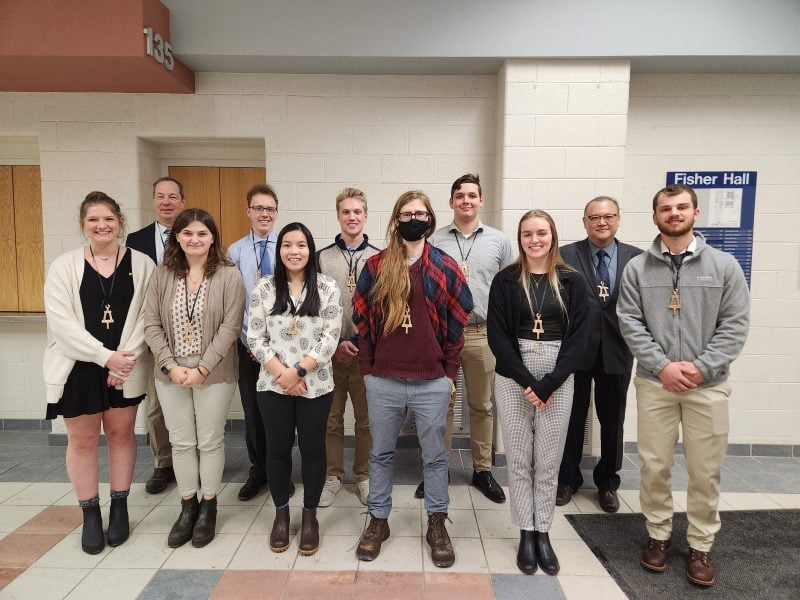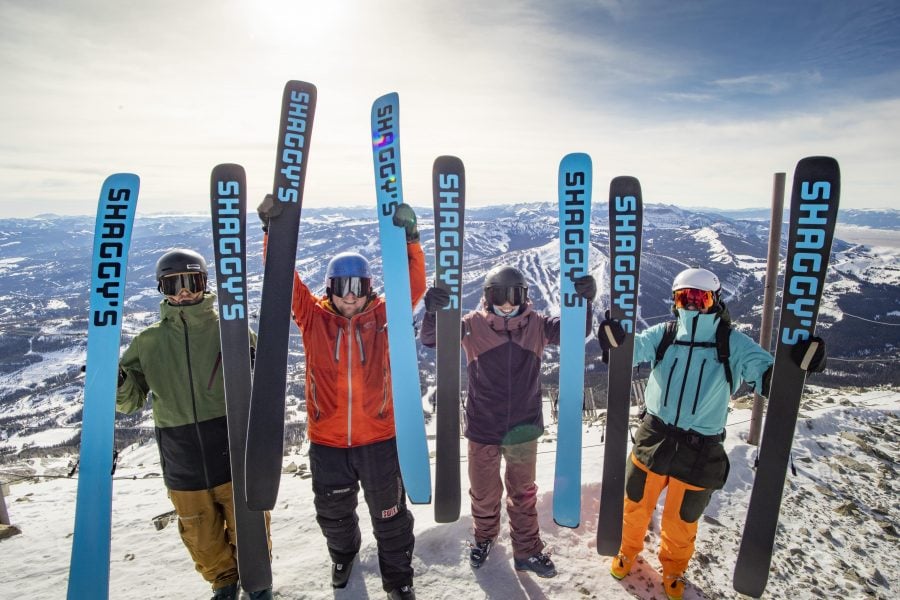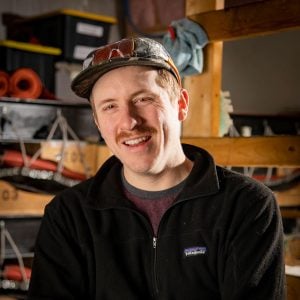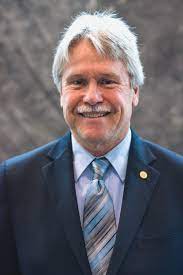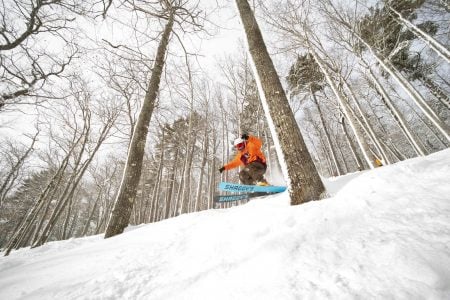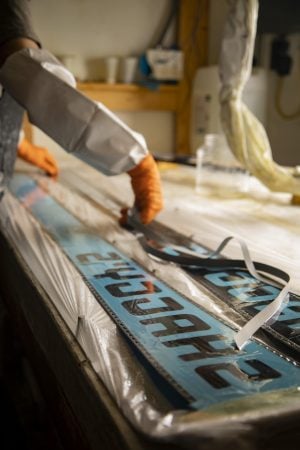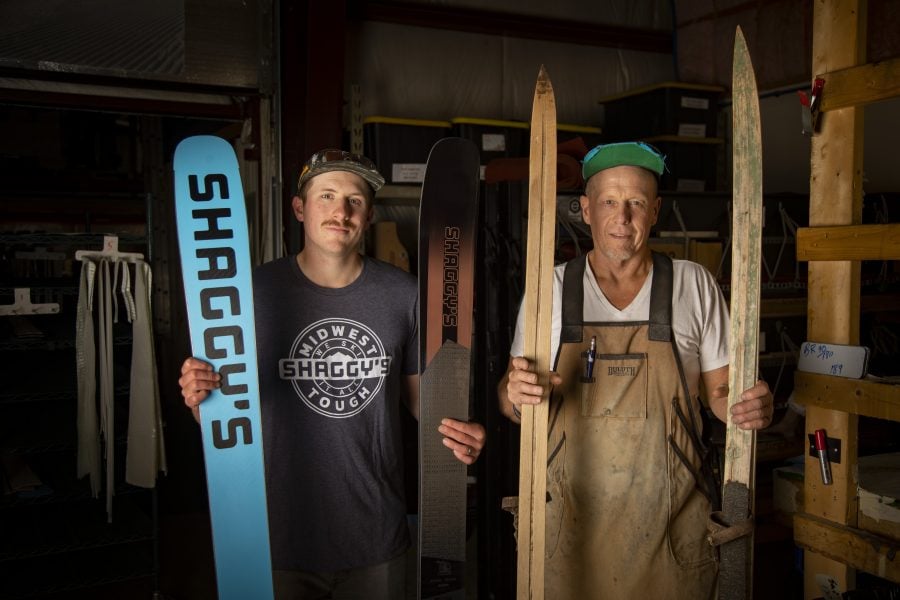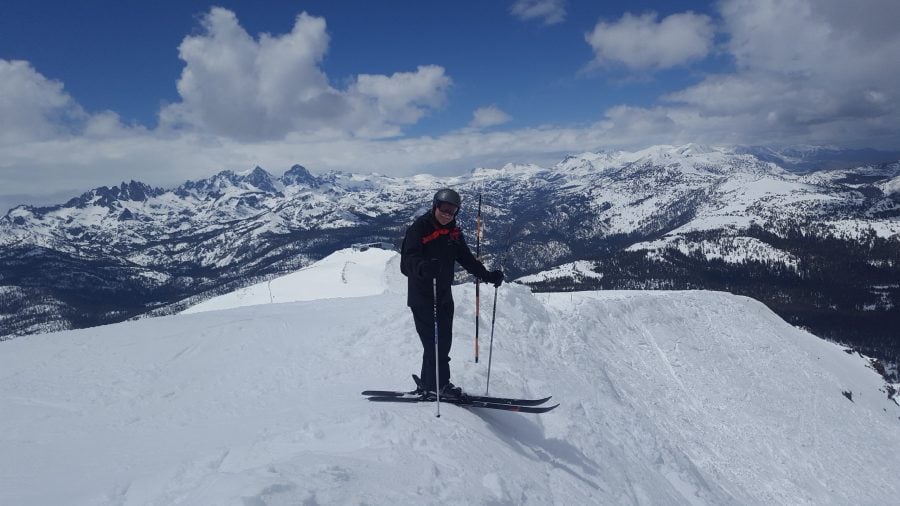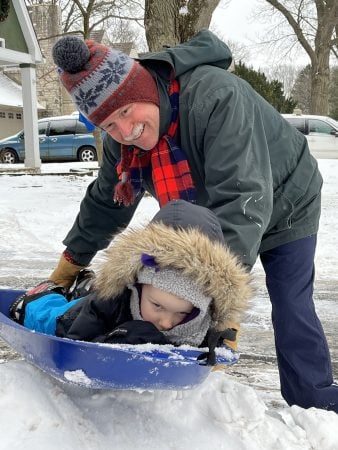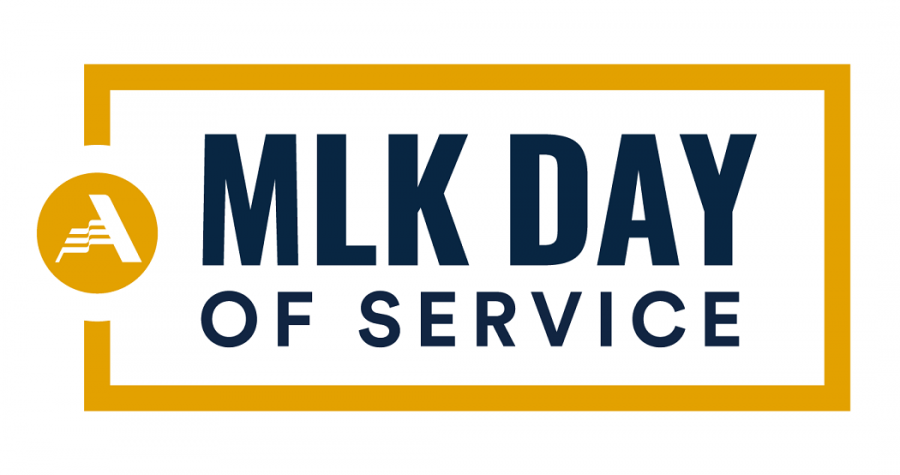
The Society of Women Engineers (SWE) Section at Michigan Tech would like to congratulate all the local students who will be attending the FIRST in Michigan State Championship presented by DTE Foundation 2023 at Saginaw Valley State University (SVSU) from April 6-8.
Qualifiers for the state championship event are Jenna Beaudoin of Lake Linden-Hubbell FIRST Robotics Team No. 5486, Robotic Turmoil, and the Houghton FIRST Robotics Team No. 857, Superior Roboworks.
Beaudoin was selected as a district championship semifinalist at the Lake Superior State University (LSSU) FIRST Robotics District Competition. At the FIRST in Michigan State Championship, she will be interviewed as a qualifier for the FIRST Dean’s List award.
Beaudoin, a junior at Lake Linden-Hubbell High School, was nominated by her team mentor Robert Stenger ’18 (B.S. Physics). “Jenna is one of the most helpful, energetic and outgoing members of Team 5486,” said Stenger. “She is consistently jumping in wherever she can possibly help, including helping other teams work on their robots when needed. She has taken on any and all tasks needed of her from the time she joined our team.”
“Our section congratulates Jenna on her well-deserved honor and accomplishments,” said SWE Section President Aerith Cruz (management information systems). “Jenna embodies the core values of SWE and FIRST in everything she does, and exemplifies great leadership qualities.”
Houghton FIRST Robotics Team No. 857, Superior Roboworks, competed at district events at Escanaba High School and LSSU. They ranked first at Escanaba and won the event, and ranked second at LSSU and were event finalists. The team also earned the Engineering Inspiration Award at Escanaba and the Autonomous Award at LSSU.
Currently, Superior Roboworks is ranked sixth in the state out of 479 teams. Their performance qualified them for the FIRST in Michigan State Championship at SVSU. They will be among 160 of the best teams in the state competing for the 82 spots that will advance to the FIRST Championship in Houston, Texas, from April 19-22.
“As a former drive team member of No. 857, I recognize the hard work that was put into their excellent performance and would like to congratulate all of 857’s members on overcoming the small and large challenges that come with competing at multiple FRC events,” said Erik Lund ’18 (B.S. Mechanical Engineering), now a test systems engineer at General Motors. “I’m excited to see where this season takes them and will be watching intently from the sidelines.”
The SWE Section is thrilled that so many students from our area will be competing in both the Dean’s List and FIRST in Michigan State Championship. It is great to see our Tech alumni excited about FRC and continuing to support teams in our area. We look forward to seeing the competition results.
By Amanda West, President-Elect, Society of Women Engineers.
View more matches by Team 857 – Superior Roboworks (2023).

